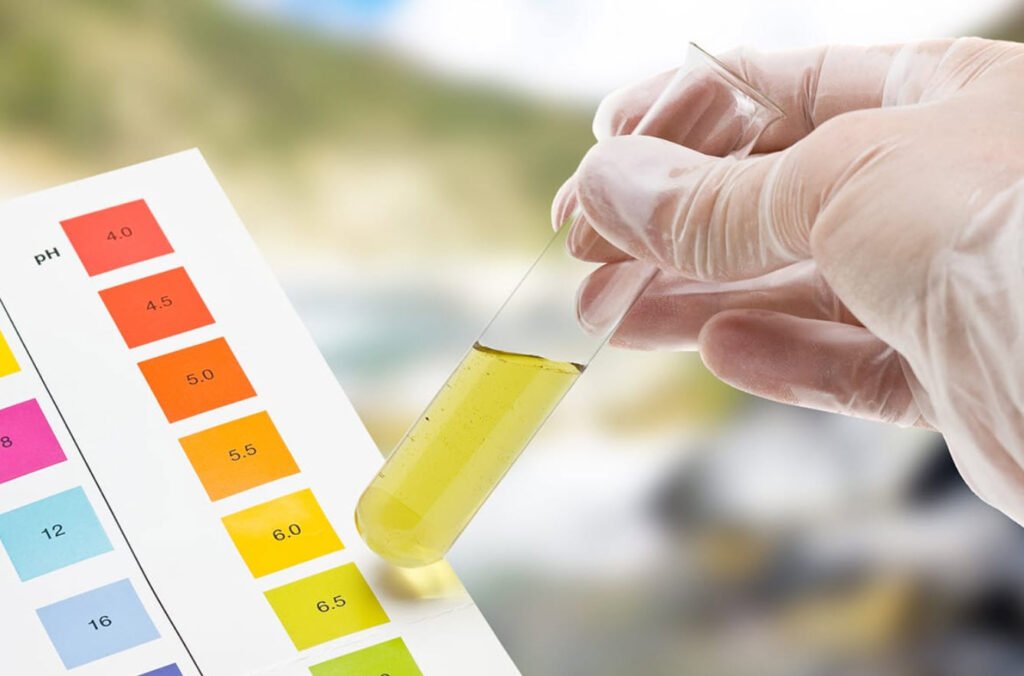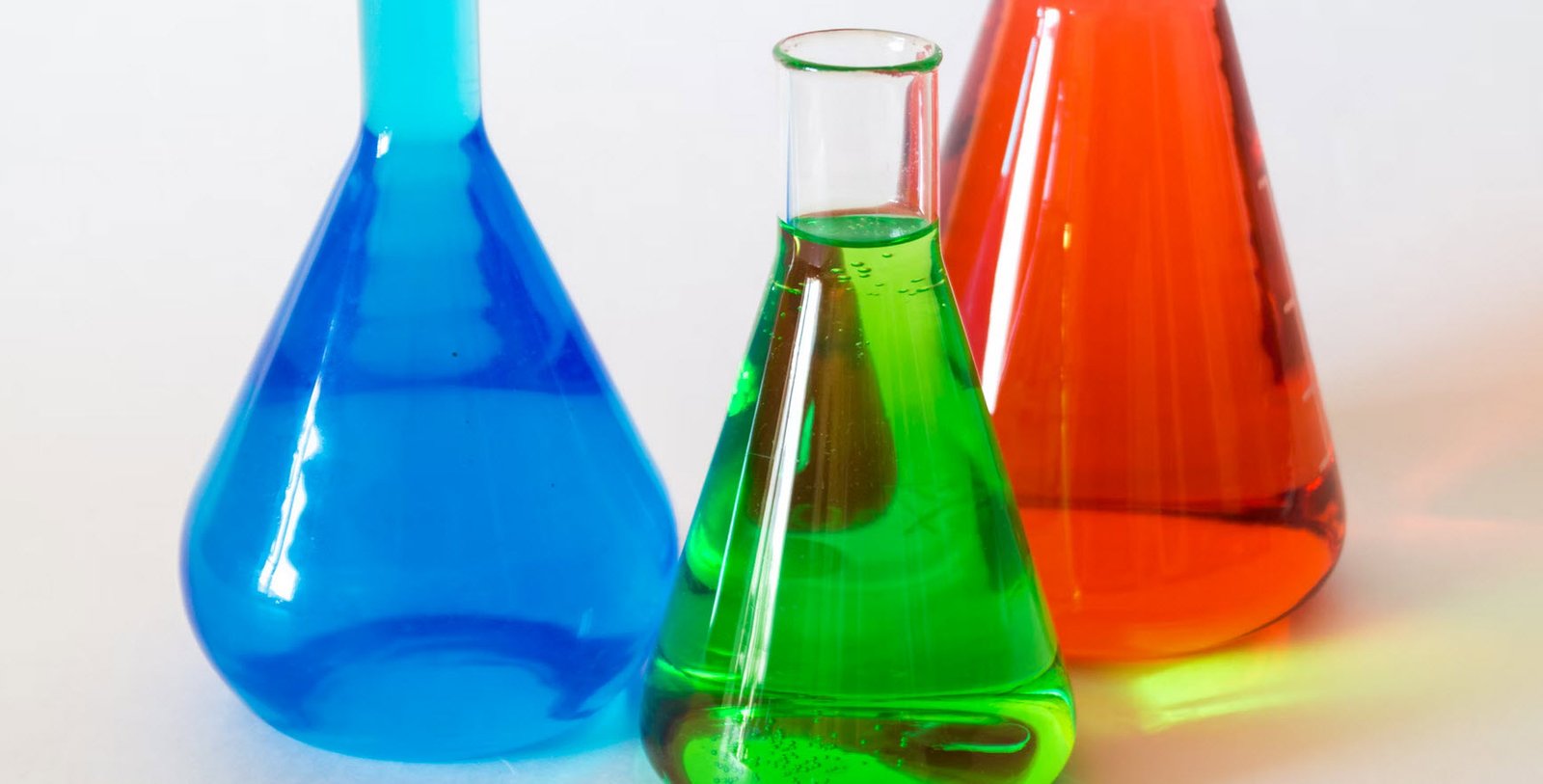
pH, or “potential of hydrogen,” is a fundamental measure used to quantify the acidity or alkalinity of a substance. The pH scale ranges from 0 to 14, where 0 to 6.9 indicates acidity, 7 is neutral, and 7.1 to 14 indicates alkalinity. Understanding pH levels is essential in various applications, including chemistry, biology, and everyday household use.
This guide provides insights into the approximate pH levels of common substances, helping us comprehend their properties and applications.
Extremely Alkaline Substances:
14 – Drain Cleaner
Drain cleaner tops the pH scale, measuring 14. This extreme alkalinity enables drain cleaners to effectively dissolve organic materials and clear clogged pipes.
13 – Bleach
Bleach, a powerful disinfectant, ranks at pH 13. Its high pH aids in cleaning and sanitizing surfaces.
12 – Soapy Water
Soapy water, commonly used for cleaning, registers at a pH of approximately 12. The alkalinity helps remove dirt and grime.
11 – Ammonia
Ammonia, found in various cleaning products, measures around pH 11. It’s an effective degreaser and cleaner due to its alkaline properties.
Moderately Alkaline Substances:
10 – Antacid
Antacids, used to neutralize stomach acid and relieve indigestion, typically have a pH of 10.
9 – Baking Soda
Baking soda, a versatile household item, registers around pH 9. It is used in cooking, cleaning, and personal care due to its alkaline nature.
8 – Saltwater
Saltwater, such as that found in oceans, measures approximately pH 8. It’s less alkaline compared to baking soda but still on the alkaline side of the scale.
Neutral and Slightly Acidic Substances:
7 – Water
Water is considered neutral and has a pH of 7. Pure water contains an equal concentration of hydrogen ions (H+) and hydroxide ions (OH-), making it neither acidic nor alkaline.
6 – Urine
Human urine is slightly acidic, typically ranging between pH 4.6 and 8. It can vary based on factors like diet and health conditions.
Mildly Acidic Substances:
5 – Coffee
Coffee falls on the mildly acidic side with a pH of approximately 5. The acidity contributes to its characteristic flavor.
4 – Soda, Beer
Soda and beer generally have a pH of around 4, making them mildly acidic beverages.
Highly Acidic Substances:
3 – Aspirin
Aspirin, a common pain reliever, is highly acidic with a pH of about 3. This acidity can sometimes cause irritation in the stomach.
2 – Lemon Juice
Lemon juice, known for its tangy taste, has a pH of approximately 2, making it highly acidic.
Extremely Acidic Substances:
1 – Battery Acid
Battery acid is extremely acidic, measuring 1 on the pH scale. It’s a highly corrosive substance used in car batteries.
Understanding the pH levels of common substances is vital for various purposes, from maintaining the balance in our bodies to choosing the right cleaning agents or understanding the properties of different liquids. It allows us to make informed decisions regarding the use and handling of these substances, promoting a safer and healthier environment.
You may also like:- Exploring the Enigmas of Science – Unraveling Celestial Mysteries and Physical Conundrums
- Semiconductor Related Terms – A Beginner’s Guide
- Major Trenches and Ridges Around the World
- [The Planets] Mercury to Neptune – Some Known Facts
- Unraveling Earth’s Mysteries – A Journey through Intriguing Questions
- The Principal Causes of Pollution – A Comprehensive Overview
- Thermal Pollution – Causes, Effects, and Solutions
- What is Noise Pollution?
- Why Are Bacteria and Microbes Afraid of UV Light?
- Soil Pollution – Causes, Effects, and Solutions







